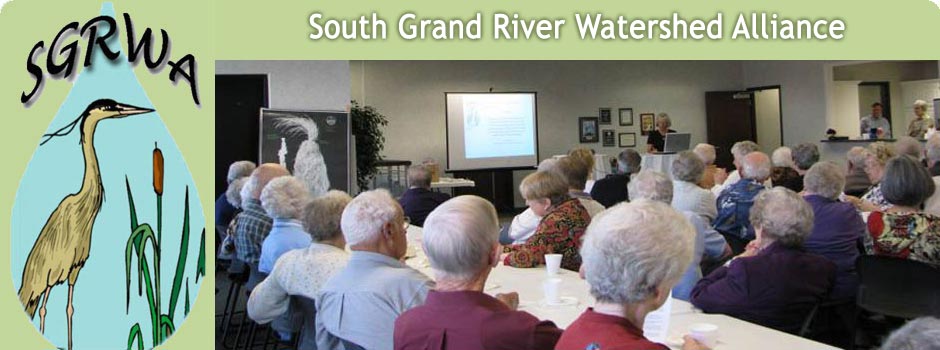Conserving water is one of many steps we can each take to help protect the quality and quantity of our water resource.
It is pretty much taken for granted that safe, clean water will be available for our use every time we turn on the faucet. Rarely do we give a thought to the journey and processes this water goes through to reach our home or the demands for increasing amounts of potable water in our society. And, rarely do we give a thought to the journey and processes of the water we have used after it goes down the drain or is flushed from our toilets. As with most things we take for granted, we fail to appreciate the value of safe clean water and, therefore, often use it carelessly.
Overuse of water, whether in our homes or in agricultural activities, directly affects the quantity of our water. Water begins its journey to our home via pipes from the source which could be a stream, natural or manmade lake, or aquifers deep underground. Before arriving at our faucet, this water must undergo treatment to make it safe for our consumption. This treatment has become more complex over the years to remove the increasing amounts of contaminants that are washed into the water source. After the water is used in our homes, it travels through the sewer systems to a treatment plant where it undergoes required treatment to remove some of the contaminants before being discharged back into our streams.
Overuse of water contributes to the lowering of aquifers and of stream flow. Drought also diminishes the water available for human and other use, thus further straining the supply. Impounding water by damming streams, while providing a supply of water, also contributes to the degradation of water quality as well as the loss of habitat and farmland.
The water used to maintain most urban landscapes and agricultural activities is washed directly into our streams along with any contaminants it picks up along the way: fertilizers, pesticides, oil, gas, sediment etc.). This water (non point source pollution) does not undergo treatment before it enters our waterways.
These are some of the actions we can each take to reduce water use in our homes:
- Turn the water off while brushing teeth
- Run the dishwasher or wash clothes only when there is a full load
- In the shower, turn the water off while soaping and then rinse off
- Install low flow faucets and shower heads and low water use toilets
To reduce water use and contamination outdoors:
- Use xeriscaping in your yard. (landscaping with plants such as our native flowers, trees, and grasses that are adapted to surviving in wet or dry conditions and do not need artificial watering, pesticides or fertilizer)
- Sweep your driveway rather than using a hose to wash it off
- Eliminate or reduce the use of lawn chemicals
Continue to learn about your watershed and how you can help protect our essential water resource at www.sgrwa.org
